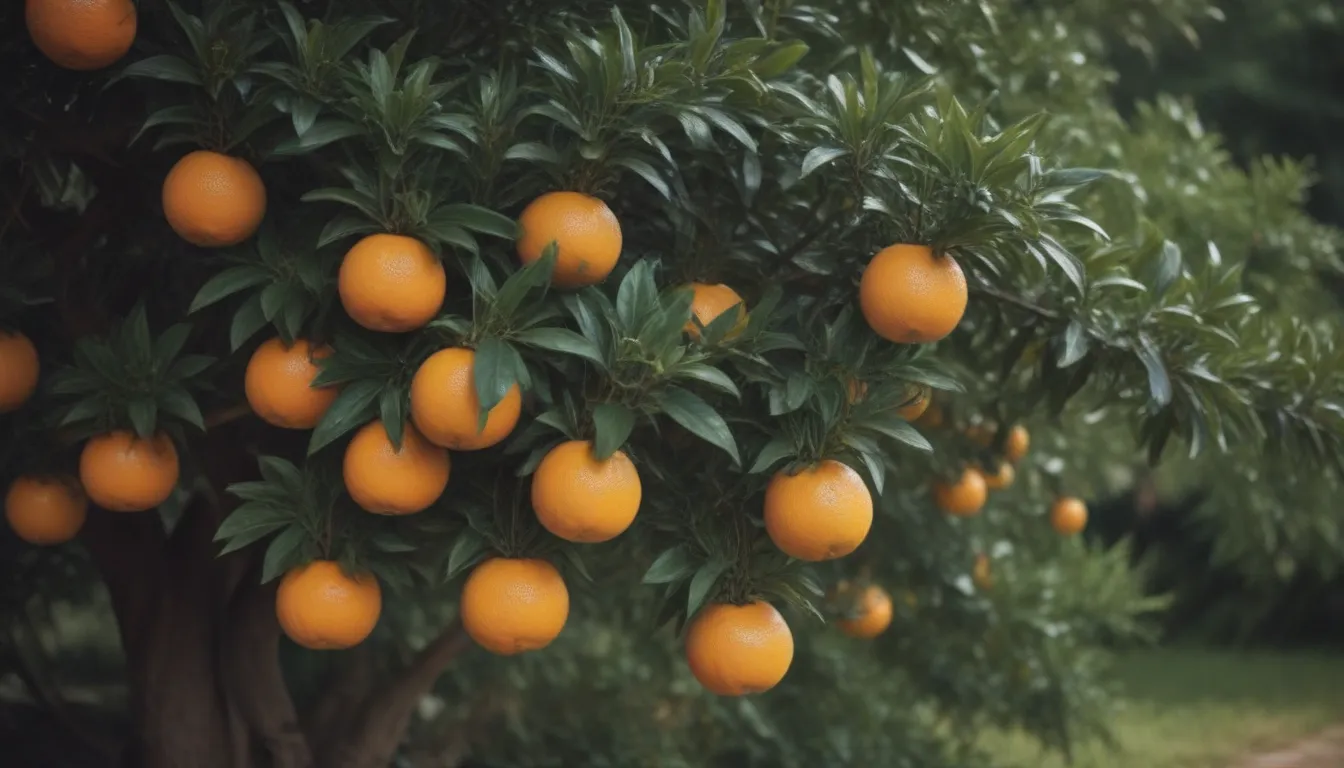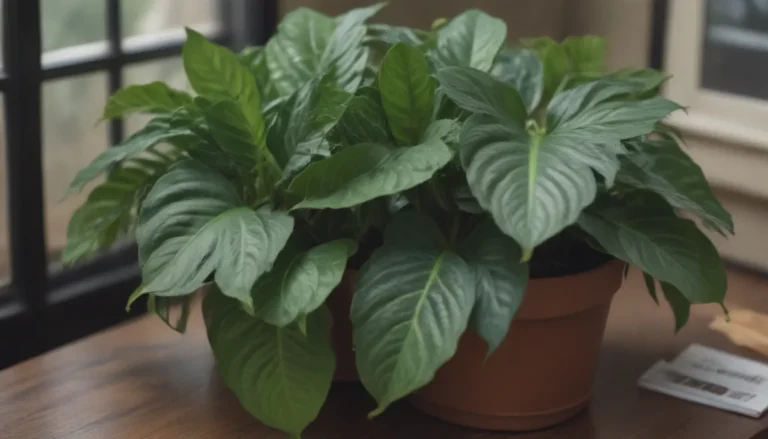How to Grow and Care for a Satsuma Orange Tree

Are you looking to add a touch of sweetness and whimsy to your garden? Look no further than the delightful Satsuma orange tree! Known for its delectably sweet and juicy fruit, the Satsuma orange tree is a perfect addition to any citrus lover’s collection. In this comprehensive guide, we will explore everything you need to know to successfully grow and care for your very own Satsuma orange tree.
The Sweet Saga of Satsuma Oranges
Before we dive into the nitty-gritty of planting and caring for your Satsuma orange tree, let’s take a moment to appreciate the fascinating history behind this citrus gem. The Satsuma orange, scientifically known as Citrus unshiu, traces its origins back to China. The name “Satsuma” pays homage to the province in Japan where modern cultivars of this delightful fruit first took root. Introduced to North America in the 18th century, Satsuma oranges have since charmed fruit enthusiasts with their sweet and cold-hardy nature.
Characterized by their pretty white blooms that appear in spring, Satsuma orange trees are low-growing with a spreading and droopy habit. The fruit itself is easy to peel, with 10 to 12 segments of delicate and juicy flesh waiting to delight your taste buds. Whether you choose to grow your Satsuma orange tree from seed or opt for a grafted tree for quicker harvest, the reward of enjoying your homegrown Satsuma oranges is well worth the wait.
Planting Your Satsuma Tree
When it comes time to plant your beloved Satsuma orange tree, there are a few key considerations to keep in mind. Here are some essential tips for ensuring your tree thrives in its new home:
- Wait until the temperature consistently remains above 50 degrees Fahrenheit during the day for at least a week before planting.
- Provide shelter from wind by choosing a sunny location near a building or fence.
- Ensure the soil is sandy, loamy, and slightly acidic with good drainage.
- Water your Satsuma tree consistently and deeply throughout the growing season.
Caring for Your Satsuma Tree
Once your Satsuma orange tree is happily settled into its new home, it’s time to focus on providing the care it needs to flourish. Here are some essential tips for nurturing your beloved tree:
Light
- Ensure your Satsuma tree receives eight to 10 hours of direct sunlight, especially during spring blossom and fruit formation.
Soil
- Opt for sandy, loamy soil with a slightly acidic pH and excellent drainage.
Water
- Deeply water your Satsuma tree throughout the growing season, adjusting frequency during dry spells.
Temperature and Humidity
- Aim for cool (not cold) winters and hot, humid summers to produce the best fruit harvest.
- Implement cold protection strategies for young trees during extreme temperatures.
Fertilizer
- Fertilize your Satsuma tree in late January to early February with a balanced citrus fertilizer containing nitrogen.
Types of Satsuma Oranges
With over 100 Satsuma cultivars to choose from, selecting the right variety for your garden can be a delightful adventure. Some popular choices include:
- Owari
- Brown Select
- Silverhill
- Early St. Ann
Pruning and Propagating Your Satsuma Tree
A well-groomed Satsuma tree is a happy Satsuma tree. Here are some tips for pruning and propagating your beloved citrus gem:
- Prune your tree in early spring to prevent low-lying fruit from touching the ground.
- Consider propagating your tree through root branch cutting for a unique gardening experience.
Growing Satsuma Trees from Seed
While growing Satsuma orange trees from seed can be a challenging endeavor due to their largely seedless nature, it is possible with patience and dedication. Here’s how you can try your hand at growing Satsuma trees from seed:
- Extract seeds from ripe fruit and plant them in small pots with a citrus tree potting mix.
- Provide warm temperatures and bright indirect light for optimal germination.
Potting and Repotting Your Satsuma Tree
For those looking to grow their Satsuma tree in containers, proper potting and repotting are essential for healthy growth. Here’s what you need to know:
- Keep your mature Satsuma tree pruned to about 5 or 6 feet tall and wide.
- Repot every three to four years or when the roots outgrow the pot.
Harvesting Your Satsuma Oranges
The moment of truth arrives when your Satsuma oranges are ready for harvest. Here are some tips for a successful harvest:
- Pick ripe fruit promptly to avoid deterioration on the tree.
- Store harvested fruit in the refrigerator for maximum freshness.
Common Pests and Plant Diseases
While Satsuma trees are hardy, they are not immune to pests and diseases. Keep an eye out for the following issues:
- Sour orange scab: a fungal disease causing lesions on leaves, branches, and fruit.
- Mites, scale, mealybugs, and aphids: common insect pests that may affect your tree’s health.
Wrapping It Up
In conclusion, growing and caring for a Satsuma orange tree can be a rewarding and delightful experience for any citrus enthusiast. By following the tips and guidelines outlined in this comprehensive guide, you can nurture a healthy and thriving Satsuma tree that will provide you with luscious fruit for years to come. So roll up your sleeves, grab your gardening gloves, and embark on the sweet journey of cultivating your very own slice of citrus paradise with a Satsuma orange tree!





